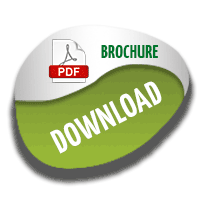
Elena Margineanu
Free International University of Moldova, Moldova
Title: Scrutinizing the latest approaches in the sphere of nanotechnology: Risks and regulatory adaptation
Biography
Biography: Elena Margineanu
Abstract
Statement of the Problem: Advances in nanotechnology allow applications in various industries, including food, medicine, transportation, textile, electronics, and others. Previous research has shown that nanoscience encompasses multiple disciplines and is a substantively integrative field. The effectiveness of properties that nanoparticle combinations exhibit, serves as a catalyst for the development of new application paths, especially in the most sensitive areas of social life. However, due to its broad cross-disciplinary nature, an asymmetric transfer of knowledge can possess undefined risks in the long term even if the application's objective is evaluated with high potential at the initial phase. The purpose of this study is to scrutinize the latest approaches in the field of nanotechnology by outlining the potential risks in the long term, through the prism of cross-disciplinary linkages. Methodology & Theoretical Orientation: The present study is a qualitative research of secondary analysis from various disciplines with the aim to investigate possible linkages relevant to a proposed application of nanotechnology. The theoretical orientation is a bifurcation for further regulatory adoption, between nanoparticles designed for (a) body intake and (b) external usage. An ecological analysis was utilized to focus on the interaction between direct linkages under influence of tertiary factors (examples: nanoparticles used in display performance and physiology; medical nanoparticles and geomagnetism, or taphonomy). Findings: The application of nanotechnology might not be homogeneously progressive across all intended disciplines. The focus on the development of nanotechnology for external use, rather than body intake, can rapidly increase infrastructure quality and social wellbeing. Conclusion: The precautionary approach is necessary for the area of nanotechnological innovations, in both laboratory research and commercial implementation with an implicit regulatory framework. Recommendations for delimitation of nanotechnology application are made for both technical professionals in the field of nanotechnology and those empowered to define its regulatory aspects.

